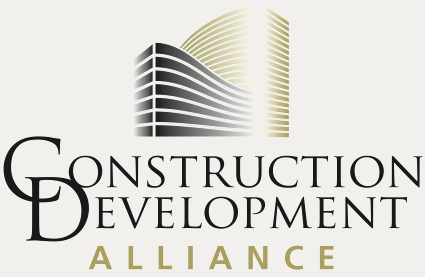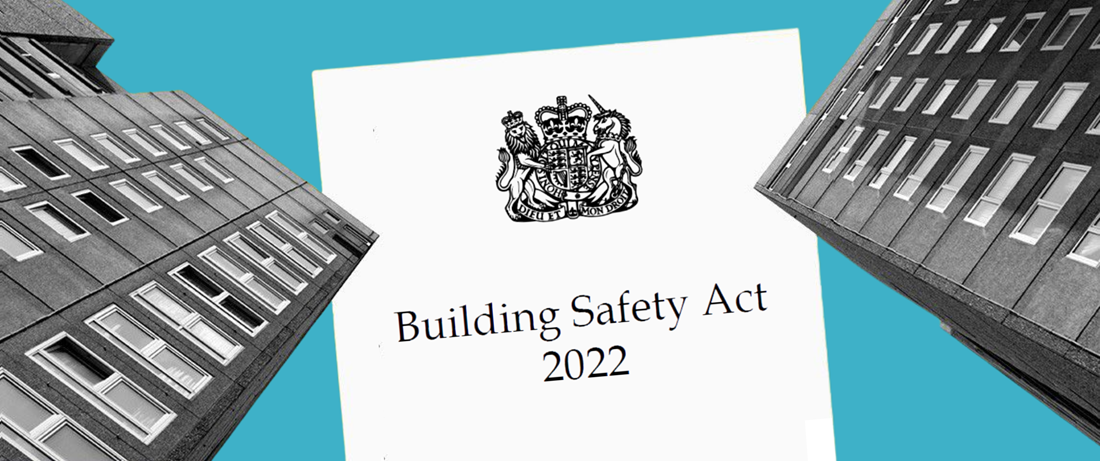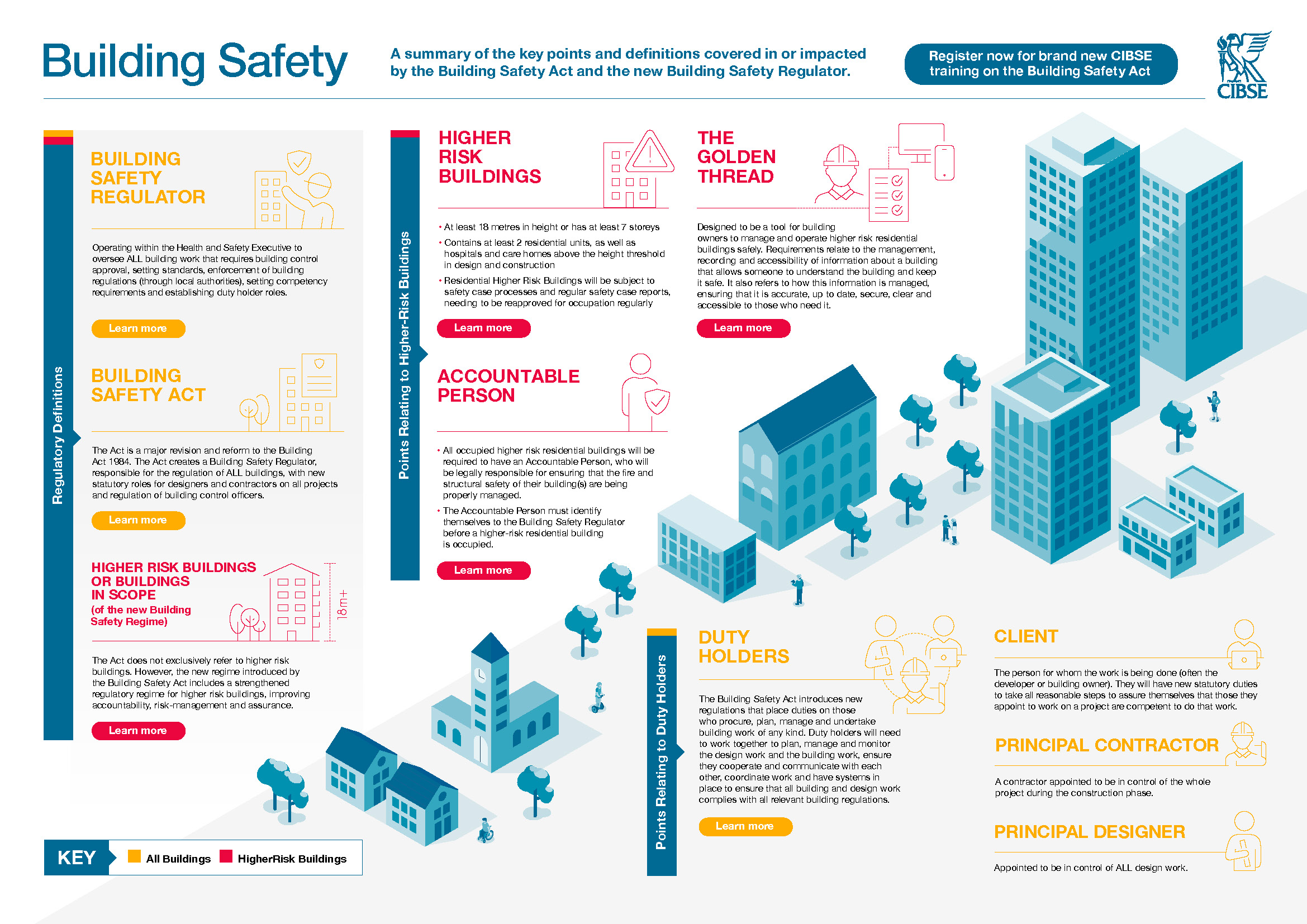As of the 28th of April 2022, the Building Safety Act received Royal Assent and became an Act of Parliament. As a result, the new duties for managing fire and building safety in high-rise residential buildings will take effect as of April 2023.
In October and November 2022, the HSE consulted on the professional competence framework that all building control professionals must meet under the new regime.
The new Building Safety Regulator will operate a register for all Building Control professionals. In addition, registration for Private sector building control organisations and local authority bodies in England will by law have to register, which will open in October 2023, coming fully into force from April 2024.
The act was introduced in response to the Grenfell Tower tragedy and Dame Judith Hackitt’s report on Building Regulations and Fire Safety.
It is the most fundamental regulation reform in living memory across the construction and residential property sectors.
Transforming the law relating to the design and construction of all buildings and the operation of higher-risk residential buildings. It will impact the work of everyone in the construction sector.
About the Act
- The Act creates a Building Safety Regulator (BSR) responsible for regulating ALL buildings, with new statutory roles for designers and contractors on all projects. The BSR will formally come into full operation in April 2023.
- The Act creates a new and more rigorous regime for planning, designing, constructing and operating prescribed classes of buildings, with further planning and building control gateways, accountable persons, safety cases and a statutory golden thread of information. All are linked to the regulation’s formal certification of the building for fitness to occupy.
- The Act strengthens the whole building control system. The BSR is responsible for professional standards and public and private registration of building control officers.
- The Act also contains significant provisions relating to construction products and liabilities relating to defective products.
- The Act introduces various leaseholder protections to reduce the liability of leaseholders for the costs of remediation of unsafe cladding.







Leave A Comment